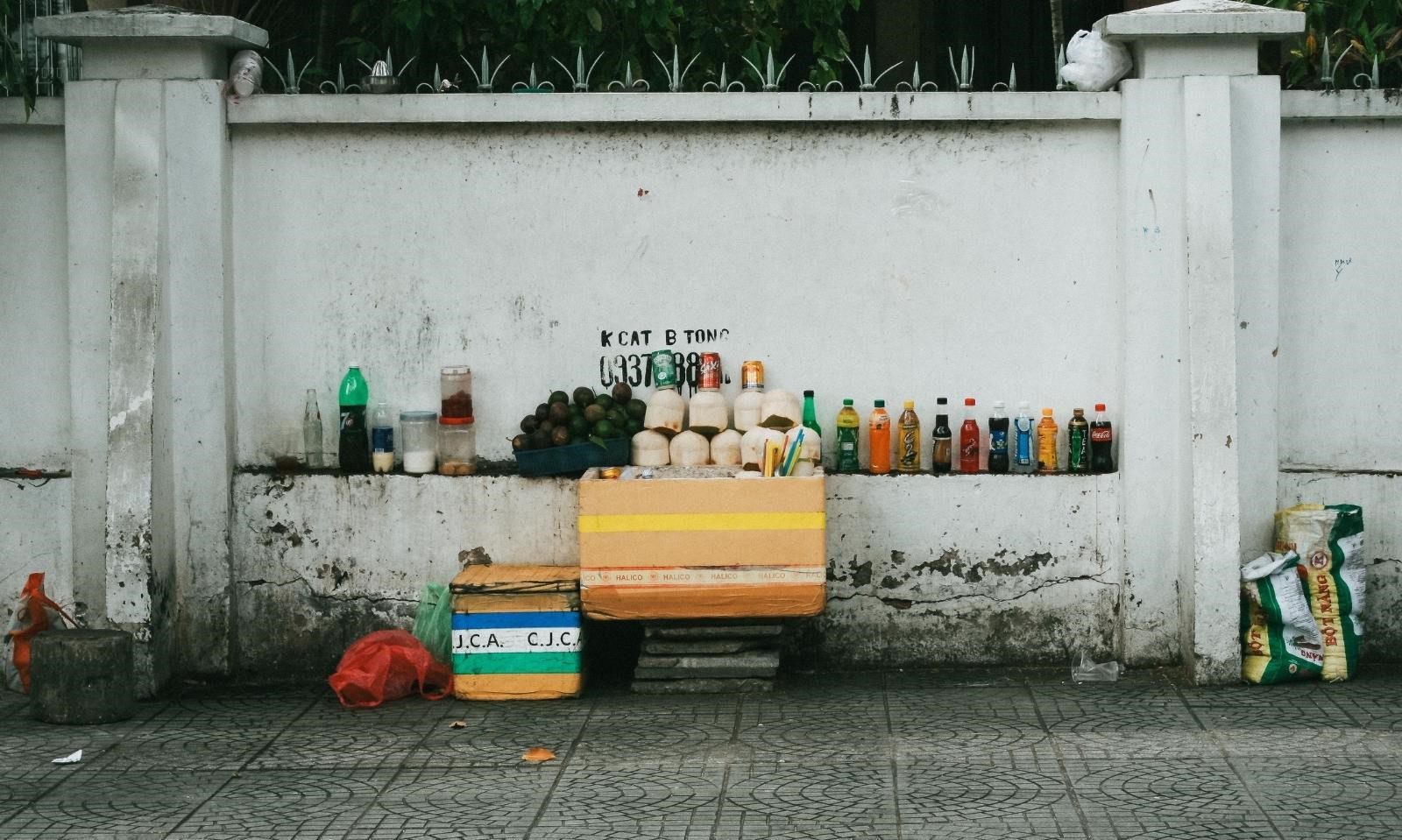Street foods are the best treats you can find on every corner of Vietnam. One of the best things to do in Vietnam is to take a street food tour to learn about the regional cuisine!
In general, Vietnamese street food is both delicious and safe. Nothing can stop you if you are already familiar with the culinary traditions of several Southeast Asian nations and have never run into trouble. However, if you are a newbie and rarely taste street cuisine in a foreign country, doing some study is needed. We at Xin Chao have created these tips to ensure that you don’t have to suffer one of the worst meals in your life. Here is what you need to look out for when trying food in Vietnam.
FOOD SAFETY IN VIETNAM TIPS – TIPS FOR EATING STREET FOOD IN VIETNAM
1. Personal hygiene – what you can do to stay safe
Take proper hygienic precautions before beginning a street food trip in Vietnam, especially if it is a self-guided tour. Bringing hand sanitizer and prepping some medications, such as Imodium, probiotic capsules, and antibiotic tablets is the easiest thing you can do.
Before eating, don’t forget to wipe the chopsticks and spoons with tissue. In reality, locals usually engage in this activity. And if you’re wondering whether it’s rude to do this in a local restaurant or food cart, the answer is no.

2. How to choose a safe place to eat
First-timers might find it difficult to decide where to eat on their food tour, especially in Vietnam, where there are countless food stalls and restaurants. However, there are several actions you can take to locate a safe location:
You might observe first before entering. First, consider the location and surroundings of a restaurant. Don’t take a chance if you come across a pile of trash that appears moist and filthy. You can also trust a place that has crowds of eaters which at least indicates that the place is safe and trustworthy.
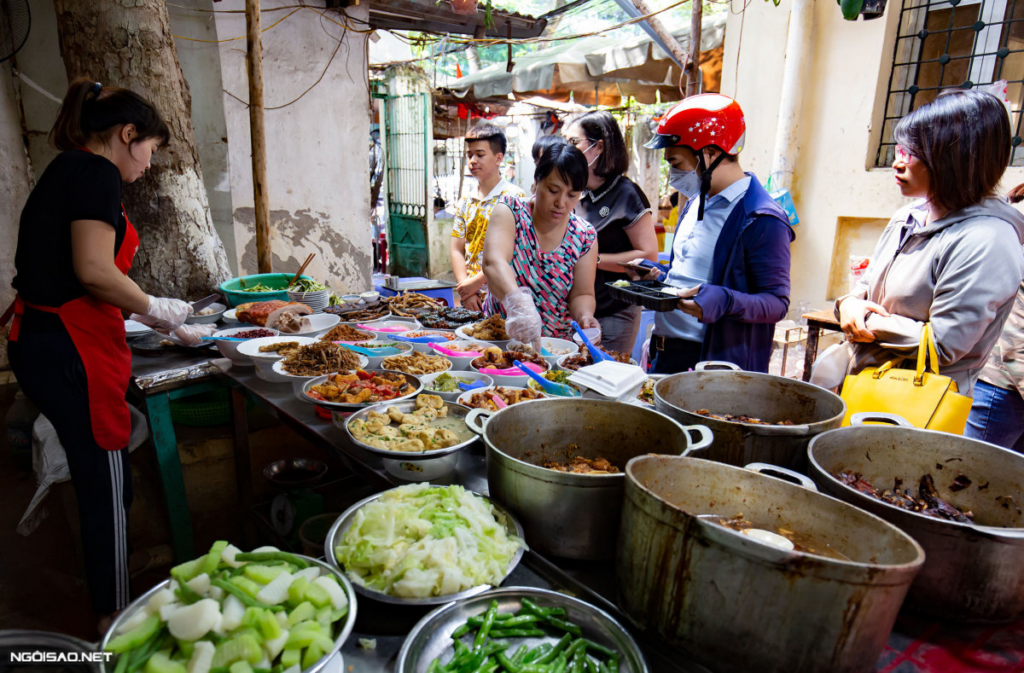
If you can see the cook or chef, observe if they are wearing gloves or using their bare hands. The person who touches the food without gloves should not touch the money, and vice versa.
Check to see if the sellers take proper food hygiene precautions. The food should be covered under a glass shield to prevent bugs or contaminants.

Stay away if the place where they wash the plates and bowls is damp, dirty, and exposed to puddles on the streets.
The oil is also worth considering. Some locations may use dirty, overused oil that seems to be dimmed. This oil can harm your health and is exactly the type of food to avoid in Vietnam.
3. How to seek medical help
In the worst-case scenario, you must know how to get medical help as fast as possible. If it’s not serious or you only get an upset stomach, you can go to drugstores for medicine (or a hot ginger tea will also help). But if you have symptoms like vomiting, get to a local hospital as soon as possible.
For many people, eating new food for the first time can result in feeling funny in the stomach because your body is trying to adapt. So, our advice is to not eat too much street food in one day and pace yourself wisely. But in the end, only you know yourself the best, keep track of the reactions in your body and once you feel that you’re not alright, seek medical help right after.
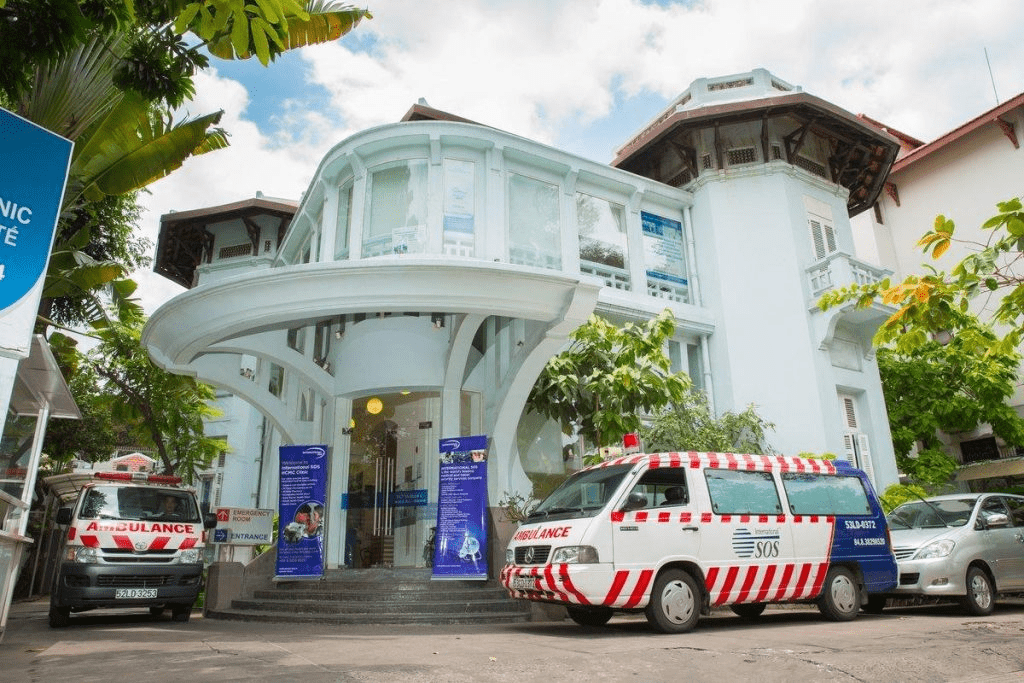
4. Consider a guided street food tour
Planning what to eat, finding venues, and selecting restaurants while keeping in mind all the safety precautions might be a bit tough. You can leave it to expert planners. You only need to focus on having fun while eating, completely stress-free regarding any potential issues with food safety.
We will create a personalized Vietnam street food tour for you if you let us know your tastes and concerns. A guided food tour in Vietnam is the best option for lowering the risk of getting food poisoning.
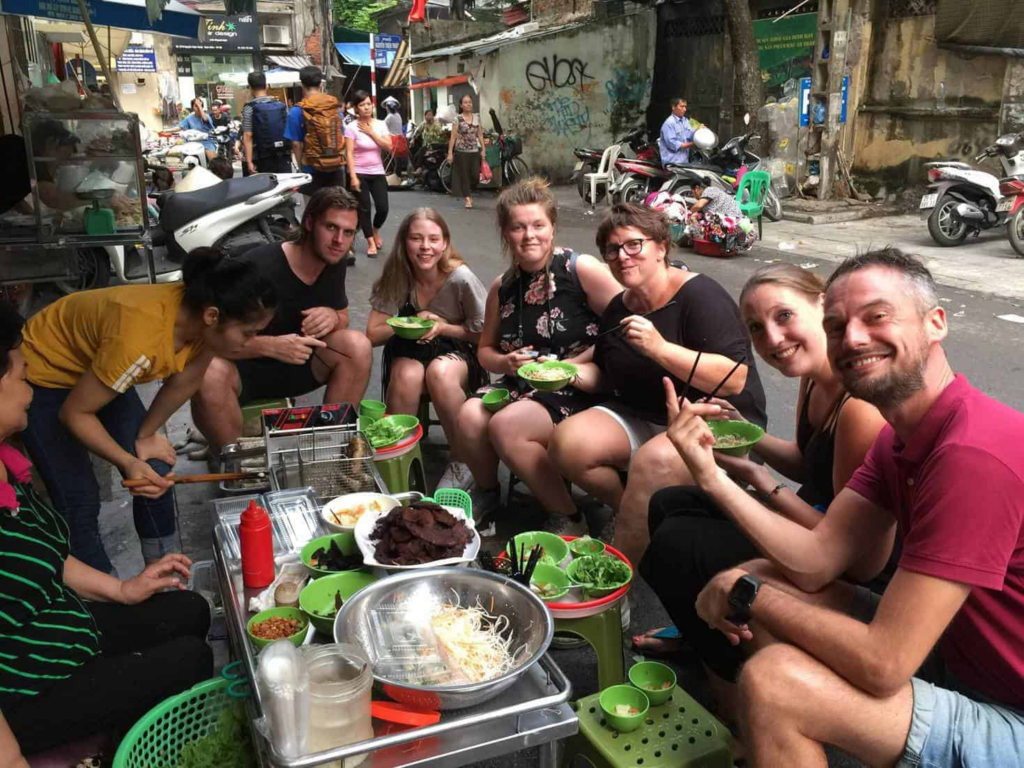
TOP DRINK OR FOOD TO AVOID IN VIETNAM FOR A SAFE FOOD TOUR
1. Tap Water
Avoiding drinking tap water is the first advice for water safety in tropical countries. In Vietnam, even local people don’t drink tap water – simply because it’s not clean enough. To foreigners, by carelessly drinking tap water you might put a whole bunch of strange microbes inside your body for no good reason.
While in Vietnam, always drink boiled water or bottled water so you’ll get one thing off the list of things to worry about. However, teeth brushing with tap water in Vietnam should be fine but if you still worry, you can brush your teeth with bottled water.
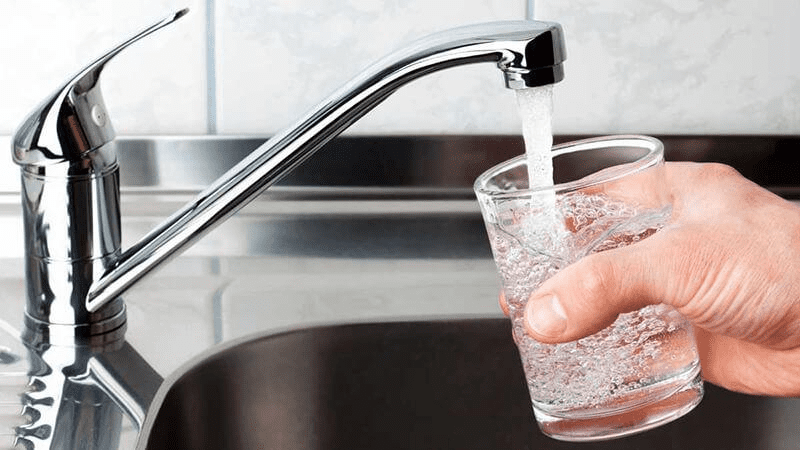
2. Block Ice
Ice is another concern for water safety in Vietnam. As much as you love street drinks, you should probably stay away from ice that seems to be broken from a bigger block of ice, because the water used may not be sanitary or it might be contaminated during transport.
When drinking with ice, always ask for smaller ice cubes which can be a bit more expensive but usually more carefully made.

3. Uncooked Vegetables and unwashed herbs
Unwashed vegetables and herbs are the first food to avoid in Vietnam on our list. We have our reason.
Herbs and vegetables make up a large part in Vietnamese cuisine and you can find them in many street dishes, especially with noodle soups, wraps, and rolls. Even though you can be confident they’re prepared and washed, you also can always ask the vegetables and herbs to be put in boiling water before serving. Many locals do this, too.
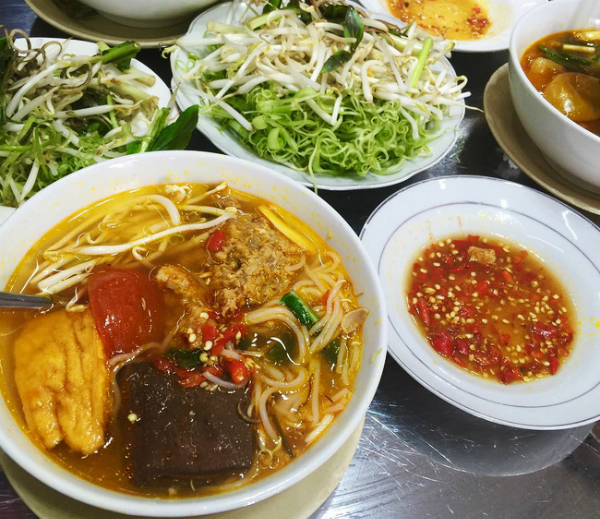
4. Uncooked seafood
Seafood in Vietnam is delicious, fresh, quite cheap, and safe, well, if cooked the right way. We don’t recommend you eat raw or uncooked seafood. The reason is that uncooked seafood might contain unwanted and harmful bacteria.
Raw oysters are tempting, but if you have a weak immune system or a weak stomach, grilled oyster seems to be a better choice. Fish salad (or Goi Ca) – a popular dish in Vietnam – a dish made of raw fish, wrapped in rice papers with herbs, should also be on your list of food to stay away from. But relax, Vietnamese people are also not that fond of uncooked seafood, so you won’t see them in your meal that often!
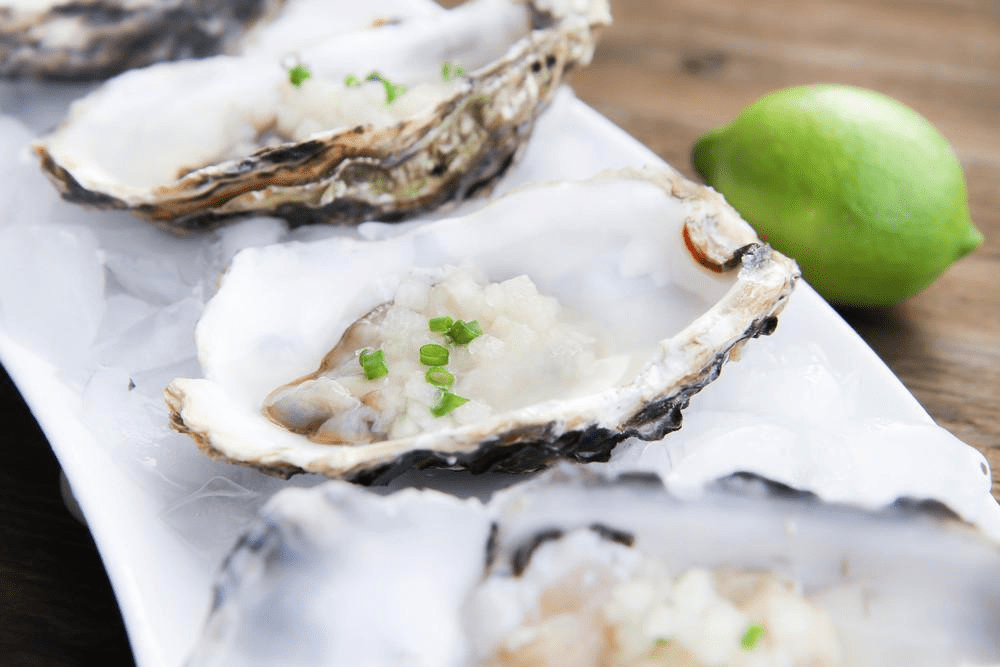
5. Raw Blood Pudding (Tiet Canh)
Tiet Canh is a typical dish in northern Vietnam made of raw, fresh duck/chicken or pig’s blood. However, due to its lethal dangers, this meal is gradually losing popularity, even among locals. Few people even died or were hospitalized after eating this dish.
If the pig is sick, its blood might be infected with some bad bacteria or parasites. In the case of birds, eating their raw blood can make you sick with bird flu, like H5N1 or H1N1. So we strongly recommend that you stay away from any restaurant/stall that has a sign which reads “Tiet Canh” in Vietnam.
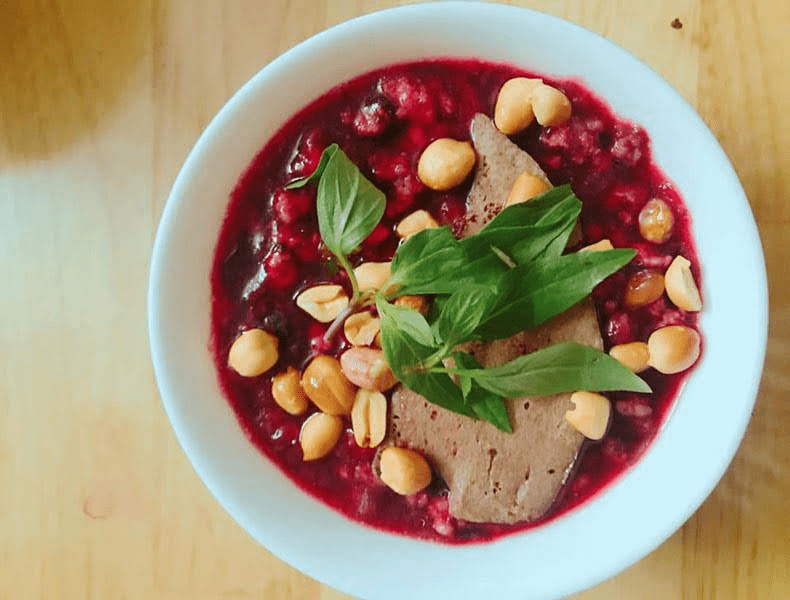
6. Dog Meat
Dog meat is a popular dish among locals and often lavishly cooked (they say there’re seven dishes you can make from dog meat). Eating dog meat has nothing to do with food safety but rather with cultural perspective and the cruel way of the dog-selling network.
Westerners (even locals nowadays) often refuse to eat this dish since they view dogs as friends of humans. Another reason to not eat dog meat is to discourage the black market of dog meat in Vietnam. Every year, dogs are stolen from their owners and end up in slaughterhouses. Many organizations in Vietnam have been working hard in raising awareness and encouraging people to abandon eating dog meat altogether.

7. Wild animals and strange meat
2020 has made it clear why we should stop eating wild animals, a custom in many Asia countries that might be the reason to help to spread of deadly infectious diseases like Covid-19. Compared to China and some Southeast Asia, eating wild animals is not that famous within the population (we don’t eat bats). Wild animals are not displayed and sold in mass numbers in the city’s wet markets but they are often viewed as precious and rare products which are purchased at a high price. The government has regulations against trading wildlife, especially endangered species, and has been cracking down network after network. You can rest assured that you won’t see wild animals or strange meat in a Vietnam market.
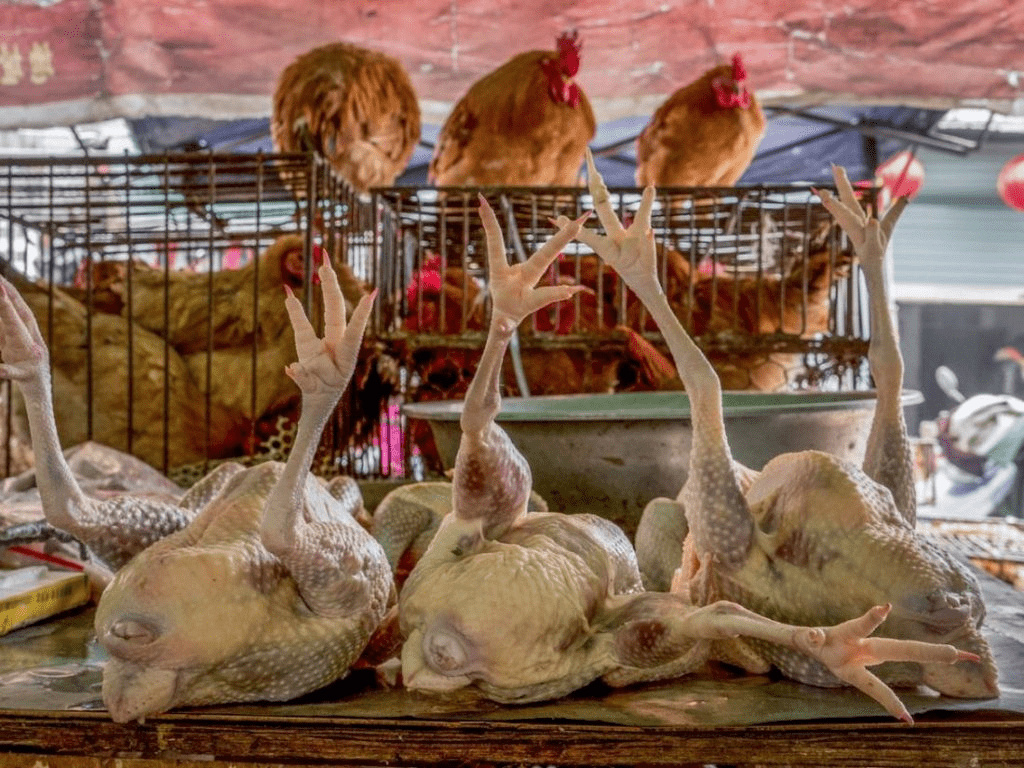
8. Fruits with edible skins
Tropical fruits in Vietnam are one of the best things you can eat – they’re plentiful, they’re cheap and they’re everywhere. Just a small thing to notice – you might not want to eat too many fruits with edible skins which are considered food to avoid in Vietnam for many.
With fruits like oranges and bananas, there is no headache. But with fruits with edible skins like grapes, guava, and apple… if you decide to eat the peel, then make sure to buy them in supermarkets, and wash them thoroughly before eating. The reason is that the farmers in Vietnam, like anywhere else on earth, rely on pesticides that are harmful to your body.
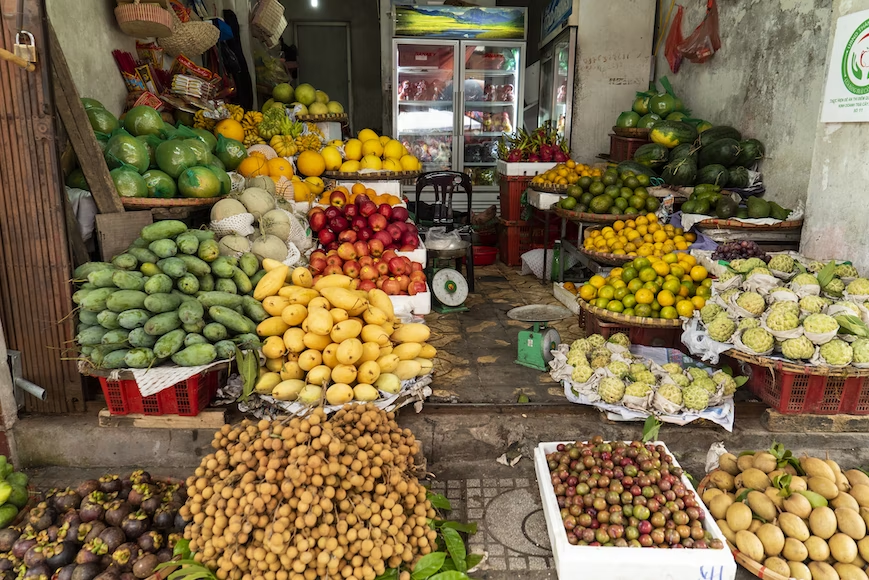
9. Pufferfish (Globefish)
It’s common knowledge that pufferfish (or Ca Noc in Vietnamese) are poisonous and very hard to process and cook. If a globefish is processed the wrong way, the result can be fatal. And, every year, people continue to die because of this fish.
In Vietnam, pufferfish are quite common in the south – they’re often used in various kinds of soup or stew. However, in recent years, Ca Noc is banned from exploitation and people are recommended to abandon this fish altogether. Make sure you get ‘Ca Noc’ away from your food table for your own good.
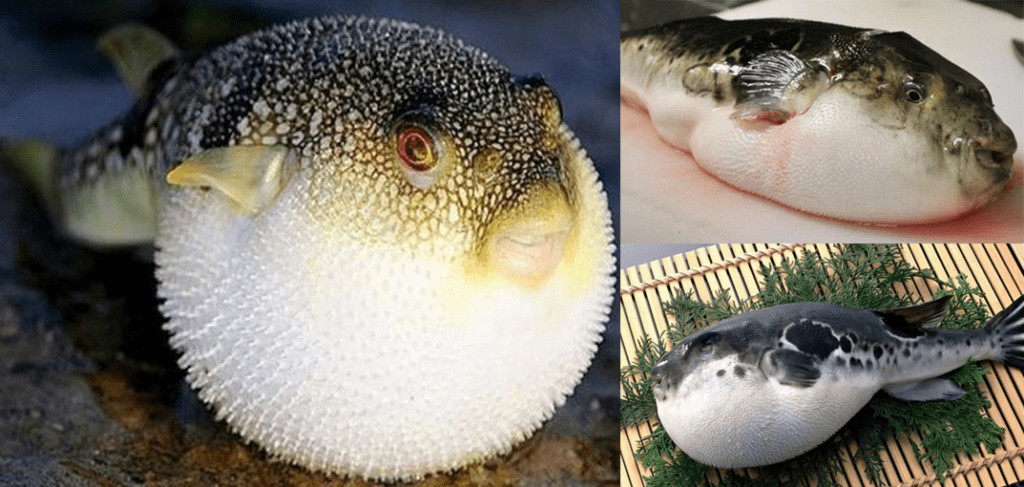
*Tip: Do not mistake ‘Ca Noc’ and ‘Ca Loc’ together. Ca Loc or Ca Qua is not poisonous and is very delicious and nutritious for your health.
Conclusion: To summarize, food poisoning is still a concern in Vietnam, but it is easily avoidable if you are prepared with an understanding of Vietnamese cuisine culture. With this list, we hope you have a nice and safe street food experience.
If you have any more questions or concerns concerning food safety in Vietnam, please do not hesitate to contact us! Our travel advisor would happily assist you in planning a wonderful gastronomic journey!
